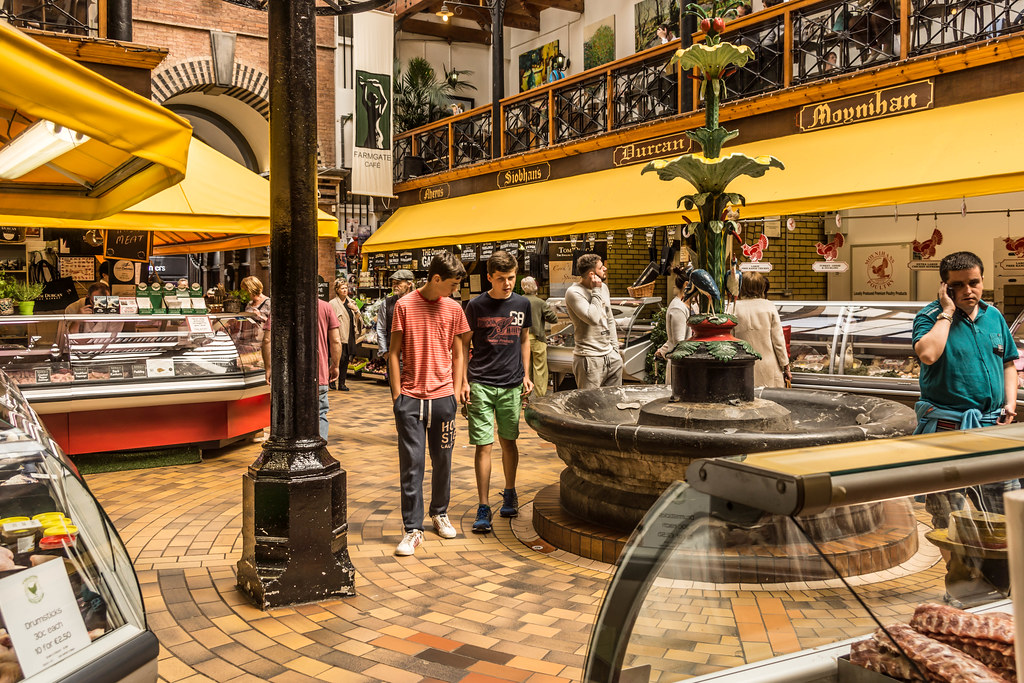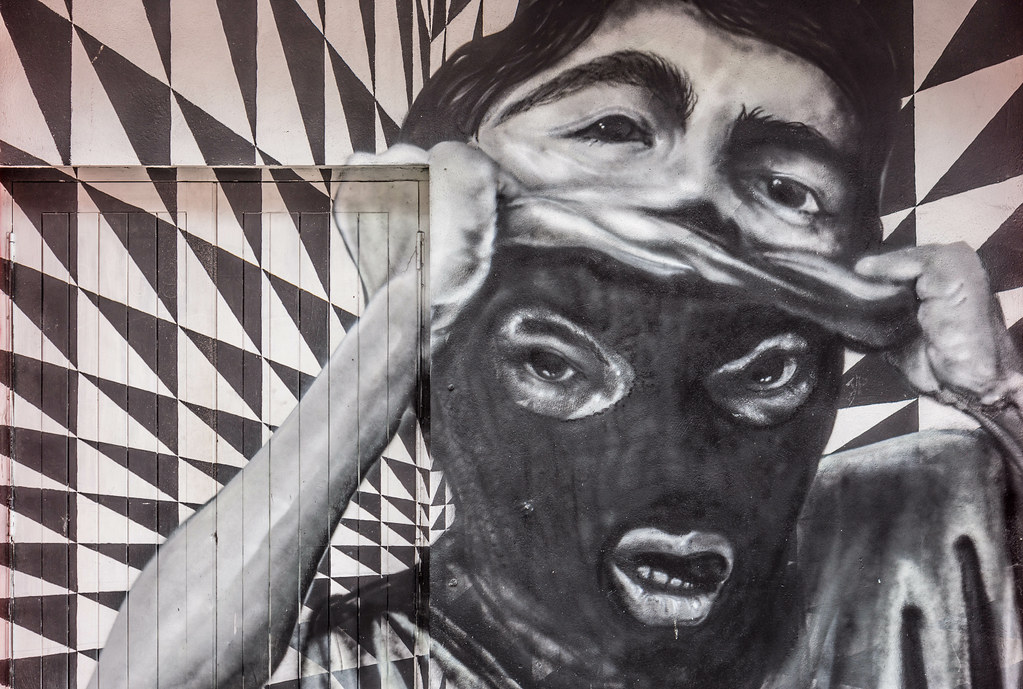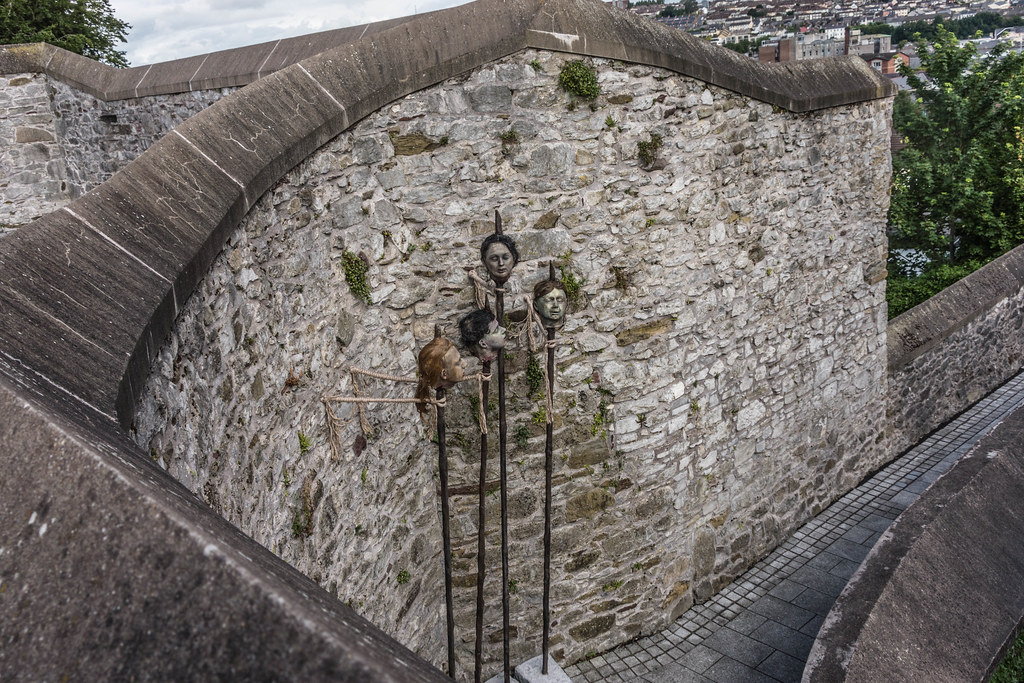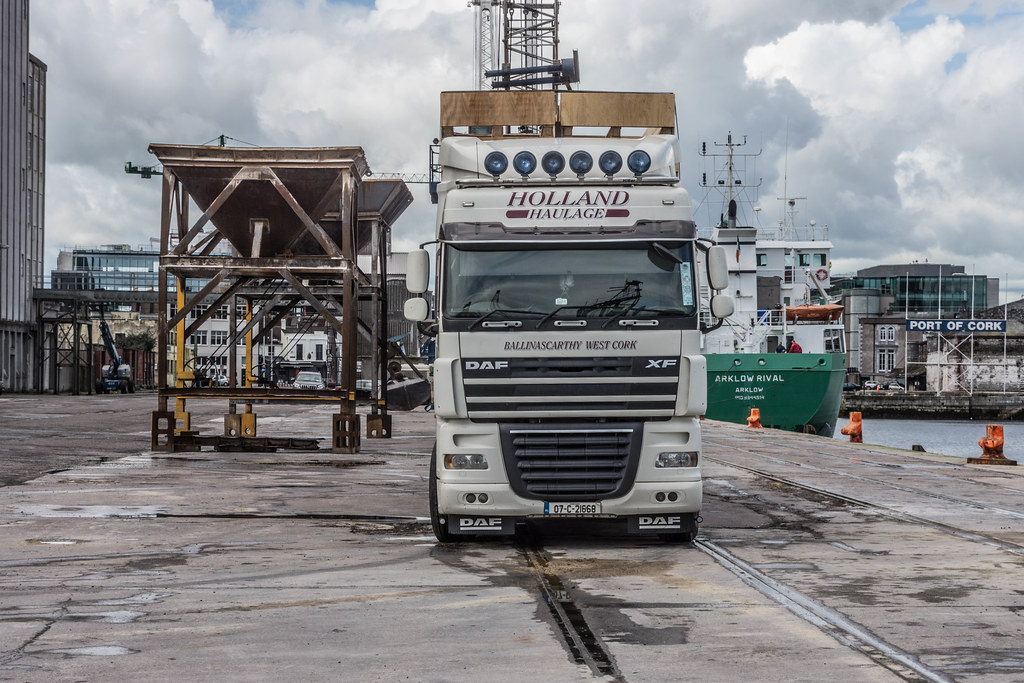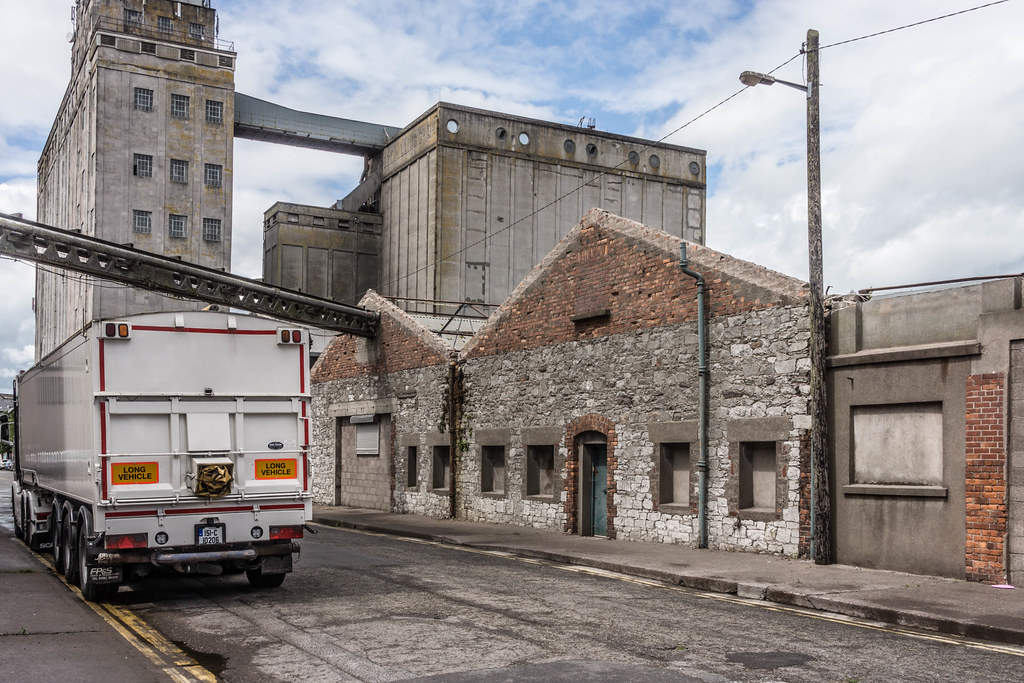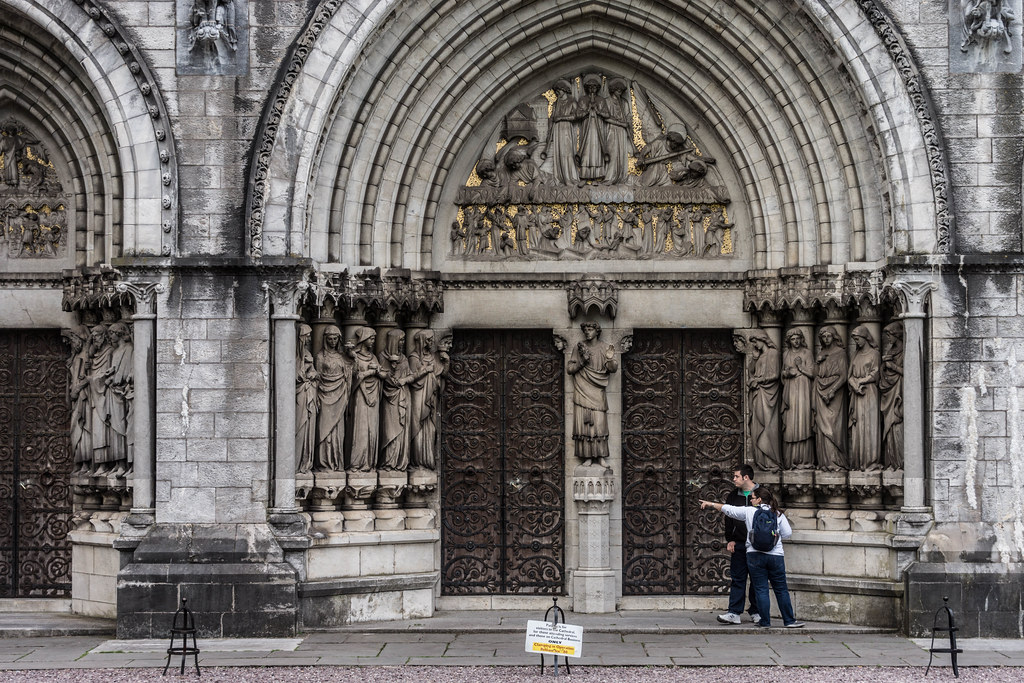INFOMATIQUE VISITS CORK CITY AND COUNTY
Cork is a city in Ireland. It is located in the South-West Region and in the province of Munster. With a population of 119,230, it is the second largest city in the state and the third most populous on the island of Ireland. The greater Metropolitan Cork area (which includes a number of satellite towns and suburbs) has a population exceeding 300,000. In 2005, the city was selected as the European Capital of Culture.
The city is built on the River Lee which divides into two channels at the western end of the city. The city centre is located on the island created by the channels. At the eastern end of the city centre where the channels re-converge, quays and docks along the river banks lead to Lough Mahon and Cork Harbour, which is one of the world's largest natural harbours.
The city's cognomen of "the rebel city" originates in its support for the Yorkist cause during the English War of the Roses. Corkonians often refer to the city as "the real capital" in reference to the city's role as the centre of anti-treaty forces during the Irish Civil War.
Cork has been gaining cultural diversity for many years as a result of immigration, from Western Europe (particularly France and Spain) in the mid to late nineties, and more recently from Eastern European countries such as Poland, Lithuania, Latvia, Slovakia, Hungary, etc. and in small amount from various African and Asian nations. This is reflected in the growth of multi-cultural restaurants and shops, including specialist shops for East-European or Middle-Eastern food, Chinese and Thai restaurants, French patisseries, Indian buffets, and Middle Eastern kebab houses.
Cork saw significant Jewish immigration from Lithuania and Russia in the late 19th century. Jewish citizens such as Gerald Goldberg (several times Lord Mayor), David Marcus (novelist) and Louis Marcus (documentary maker) played important roles in 20th century Cork. Today, the Jewish community is relatively small in population, although the city still has a Jewish quarter and synagogue. Cork also features various Christian churches, as well as a mosque. Some Catholic masses around the city are said in Polish, Filipino, Lithuanian, Romanian and other languages,in addition to the traditional Latin and local Irish and English language services.
More recent additions to the arts infrastructure include modern additions to Cork Opera House and the Crawford Municipal Art Gallery. The Lewis Glucksman Gallery opened in the Autumn of 2004 at UCC, was nominated for the Stirling Prize in the United Kingdom, and the building of a new €60 million School of Music was completed in September 2007.
Cork was the European Capital of Culture for 2005, and in 2009 was included in the Lonely Planet's top 10 "Best in Travel 2010". The guide described Cork as being "at the top of its game: sophisticated, vibrant and diverse".
There is a rivalry between Cork and Dublin, similar to the rivalry between London and Manchester, Sydney and Melbourne or Madrid and Barcelona. Some Corkonians view themselves as different from the rest of Ireland, and refer to themselves as "The Rebels"; the county is known as the Rebel County. This view has in recent years manifested itself in humorous references to the Real Capital and the sale of T-shirts with light-hearted banners celebrating The People's Republic of Cork.
The city is built on the River Lee which divides into two channels at the western end of the city. The city centre is located on the island created by the channels. At the eastern end of the city centre where the channels re-converge, quays and docks along the river banks lead to Lough Mahon and Cork Harbour, which is one of the world's largest natural harbours.
The city's cognomen of "the rebel city" originates in its support for the Yorkist cause during the English War of the Roses. Corkonians often refer to the city as "the real capital" in reference to the city's role as the centre of anti-treaty forces during the Irish Civil War.
Cork has been gaining cultural diversity for many years as a result of immigration, from Western Europe (particularly France and Spain) in the mid to late nineties, and more recently from Eastern European countries such as Poland, Lithuania, Latvia, Slovakia, Hungary, etc. and in small amount from various African and Asian nations. This is reflected in the growth of multi-cultural restaurants and shops, including specialist shops for East-European or Middle-Eastern food, Chinese and Thai restaurants, French patisseries, Indian buffets, and Middle Eastern kebab houses.
Cork saw significant Jewish immigration from Lithuania and Russia in the late 19th century. Jewish citizens such as Gerald Goldberg (several times Lord Mayor), David Marcus (novelist) and Louis Marcus (documentary maker) played important roles in 20th century Cork. Today, the Jewish community is relatively small in population, although the city still has a Jewish quarter and synagogue. Cork also features various Christian churches, as well as a mosque. Some Catholic masses around the city are said in Polish, Filipino, Lithuanian, Romanian and other languages,in addition to the traditional Latin and local Irish and English language services.
More recent additions to the arts infrastructure include modern additions to Cork Opera House and the Crawford Municipal Art Gallery. The Lewis Glucksman Gallery opened in the Autumn of 2004 at UCC, was nominated for the Stirling Prize in the United Kingdom, and the building of a new €60 million School of Music was completed in September 2007.
Cork was the European Capital of Culture for 2005, and in 2009 was included in the Lonely Planet's top 10 "Best in Travel 2010". The guide described Cork as being "at the top of its game: sophisticated, vibrant and diverse".
There is a rivalry between Cork and Dublin, similar to the rivalry between London and Manchester, Sydney and Melbourne or Madrid and Barcelona. Some Corkonians view themselves as different from the rest of Ireland, and refer to themselves as "The Rebels"; the county is known as the Rebel County. This view has in recent years manifested itself in humorous references to the Real Capital and the sale of T-shirts with light-hearted banners celebrating The People's Republic of Cork.
SORRY FOR THE DELAY
